Opening Weekend: Beethoven’s Second Symphony with Richard Egarr
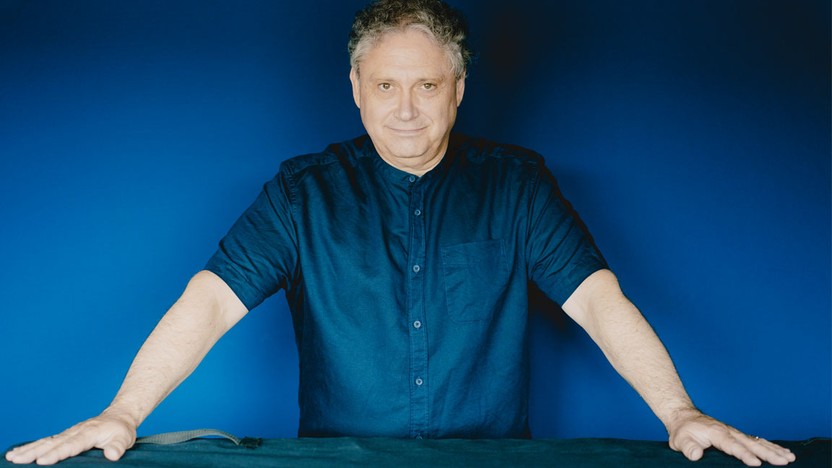
Sponsored By
- September 15-17, 2023


Sponsored By

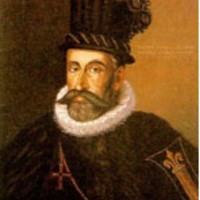
(Duration: 6 min)
While in his mid-twenties, Andrea Gabrieli auditioned for the post of organist at St. Mark’s Basilica in his native Venice — one of the most coveted jobs in Italy and beyond. His unsuccessful bid turned out to be a blessing in disguise, since he soon found work north of the Alps, alongside one of the giants of Renaissance music, the Flemish composer Orlando di Lasso. When Gabrieli returned to Italy in his thirties, he brought back with him the latest musical trends from northern Europe, and when the organ post at St. Mark’s opened up again, Gabrieli won the job and held it for the rest of his life.
The musicians working in St. Mark’s faced a particular challenge dealing with the acoustics of that giant cathedral that was completed before the year 1100. Because it was so reverberant, and because the performers were placed in lofts at great distances from each other, it was nearly impossible to perform complex music in unison. The smooth Flemish style of choral singing worked well in that acoustical environment, and Gabrieli helped adapt it to the particularities of St. Marks. In the decades that followed (especially through the efforts of the more famous Gabrieli, Andrea’s nephew Giovanni), Venice became the hotspot for a new type of counterpoint known as antiphony — with one ensemble playing against another — that helped usher in the Baroque era with its glorious tangles of contrapuntal curlicues.
The Magnificat in 12 Parts that was published posthumously in a 1587 collection highlights Andrea Gabrieli’s talent for weaving distinct choirs into a unified whole. Syncopated entrances from the three groups and a gradual intensification of the rhythms bring extra liveliness to this sacred ode associated with the Virgin Mary. In Richard Egarr’s arrangement, instruments substitute for the twelve voices, adding an extra element of sonic diversity.
Aaron Grad ©2023
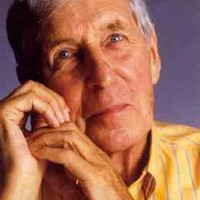
(Duration: 18 min)
Michael Tippett only entered the upper echelon of British composers once he was in his forties, but his decades of musical and personal growth had prepared him to become one of the leading voices of his generation. One distinguishing quality was his devotion to England’s musical past, as seen in a landmark amateur production he conducted that stripped away the Romantic bloat that had overtaken George Frideric Handel’s Messiah, or in his revivals of Henry Purcell that restored the old practice of casting a countertenor. Tippett was also a pacifist and conscientious objector who served a two-month jail sentence during World War II, and he explored his own inner life through Jungian psychoanalysis, informing the dichotomies of light and darkness that often colored his vibrant, emotional music.
When the Edinburgh Festival requested a work to honor the 300th birthday of the Italian composer Arcangelo Corelli, Tippett mined music from the second concerto grosso within Corelli’s Opus 6, a collection that was a fixture of English musical life for decades after its posthumous publication in 1714. Those “grand concertos” featuring a solo group of two violins and cello spawned countless imitations, and Tippett honored that tradition by placing the same three instruments in the foreground. Corelli’s model used an accompanying string ensemble as well as basso continuo, that shared bass line played by harpsichord and other low instruments; in a similar fashion, Tippett split off a third cluster of his string orchestra to enrich the textures. Rather than dividing the music into formal variations, the Fantasia structure allows for a rapturous and virtuosic exploration of the themes, updating a convention that had been a favorite of Purcell and other English composers in the 17th century.
Aaron Grad ©2023
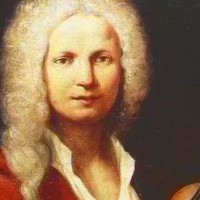
(Duration: 15 min)
In the early decades of the eighteenth century, Northern Italy was a violin paradise, producing instruments, techniques and compositions that are still unrivaled. Born in Venice to a father who played violin professionally, Antonio Vivaldi capitalized on that wealth of talent and knowledge that surrounded him. More than any other composer, Vivaldi was responsible for spreading his region’s musical specialties out into the rest of Europe. Some of that spread happened through published sheet music, but just as important were the personal connections and hand-copied manuscripts that allowed brand-new Vivaldi scores to make their way to the likes of Johann Sebastian Bach, George Frideric Handel and Georg Philipp Telemann. One of the best music libraries was to be found in the German city of Dresden, a royal capital with a large orchestra that had been playing since 1548. The orchestra’s concertmaster, J. G. Pisendel, was sent to Venice to take violin lessons with Vivaldi in 1716, and their ongoing friendship brought a stream of new scores over the Alps in the years to come.
During that time when compositions were treated as living things (with none of the preciousness that now enshrines the work of a composer), Pisendel had no qualms with adjusting Vivaldi’s work to better suit his own talents and that of his large orchestra, which included oboes, horns and bassoon. The outer movements in Pisendel’s version of the concerto contain flashy violin decorations and the slow inner movement substituted a violin solo from a different Vivaldi concerto in C-minor. The version performed today by SPCO, edited by Olivier Fourés in 2015, restores the oboe solo in the second movement and more faithfully reproduces the colorful wind parts throughout the concerto alongside the original violin solo.
Aaron Grad ©2023
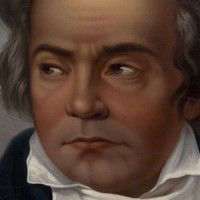 Listen to Audio
Listen to Audio
(Duration: 34 min)
With his First Symphony, composed in 1800, the ambitious young Ludwig van Beethoven proved that he could rival his onetime teacher, Franz Joseph Haydn, in his signature genre. Two years later, Beethoven went a step farther, using Haydn’s template as a platform for a Second Symphony that was even bolder and more extreme. The backdrop for this pivotal symphony was a terrible change that was overtaking Beethoven in 1802, when his hearing loss progressed to the point that he could no longer hide it. He finished Symphony No. 2 while convalescing in Heiligenstadt, outside of Vienna, where he suffered in a nearly suicidal state of agony, as we know from an unsent letter to his brothers, found among his papers after his death.
Borrowing a feature found in most of Haydn’s iconic London symphonies, Beethoven’s Second Symphony begins with a meaty introduction full of shifting rhythms, moody harmonies and jarring accents. The fast body of the first movement enters, conversely, with just a wisp of melody in the lower strings. Whereas Haydn loved the elegant dichotomy of forte and piano intensities, Beethoven’s score heightens the contrast, calling for even louder fortissimo and even softer pianissimo dynamics.
The Larghetto slow movement contrasts the adventurous opening movement with music that is serene, tuneful and unabashedly beautiful. The melodic phrases introduced by the violins and answered by the clarinets stay within the sweet treble range of female singers, emphasizing the modest, songlike quality of the material.
The third movement brings Beethoven’s inaugural symphonic scherzo (Italian for “joke”), his raucous answer to Haydn’s genial minuets. The running joke here is an echoing pattern in which the last repetition is shockingly robust.
In the finale, a somewhat rough and rude main theme provides much of the comedic fodder. Beethoven’s craftiness is especially evident in the playful ways he works back to that snarling motive.
Aaron Grad ©2023
Get driving directions and find nearby parking.
Find dining options close to the venue.
View seating charts to find out where you'll be seating.
SPCO concerts are made possible by audience contributions.
For exclusive discounts, behind-the-scenes info, and more:
Sign up for our email club!
